Real estate is a hot commodity in the real world and it’s becoming a hot commodity in 3D worlds too. It works similar to how it does in our actual world: payment for a parcel of land, whether buying or renting. This new technology is still emerging and new companies are helping build each component of these worlds one by one, like echo3D, which helps developers with the management and delivery of 3D content. Users are flocking to claim stake on these new lands. Some of this technology is run on top of blockchains and some of it runs within other digital infrastructures and are sometimes referred to as “metaverse lands.”
The idea is to be able to build communities within these worlds to buy and sell goods, play games, socialize, build stores, create art galleries, have shops, attend virtual concerts, advertise, host meetings and conferences and other activities. Unsurprisingly, the value of virtual real estate depends on a few factors: lot size, location, existing structures, popularity and demand. It’s so valuable it’s expected to grow 31% year over year by 2028 according to BrandEssence Market Research. However, since users can teleport just about anywhere, location of these lands isn’t as important as it is in the real world.
Here are 5 of the most popular virtual real estate lands you can explore and invest in today:
1. Decentraland
Decentraland operates on the Ethereum blockchain network and uses its own cryptocurrency called MANA. It uses the concept of finite 3D space as parameters for their digital infrastructure and the world is run by its users with minimal regulation outside of infrastructure management. Decentraland has a native world-building SDK tool that allows users to create scenes, artwork (including NFTs) and challenges. Creators are incentivized to participate in events to win prizes to engage with the platform. Users can access Decentraland through a desktop browser and it is free to enter, though some experiences may require a fee.
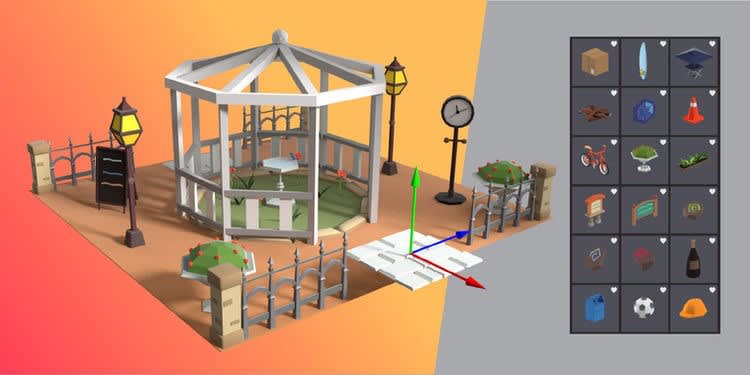 World building SDK. Credit: Decentraland
World building SDK. Credit: Decentraland For more advanced creators, the SDK has tools to build social games and applications. They make it easy and fun to join Decentraland by hosting live music events and collaborate with well-known partners like Unity. Contrary to what many might think, this world is not just for gamers. Decentraland hosted their first Decentraland Metaverse Fashion Week event in 2022 in collaboration with designers like Dolce & Gabbana, Selfridges and Tommy Hilfiger where they sold avatar outfit NFTs and had virtual popup shops which had items for sale.
2. Sandbox
Visually similar to Roblox, Sandbox is an intentionally pixelated virtual world where users can acquire and trade land parcels. Each of these parcels is represented by a non-fungible token (NFT), which means there is and only ever will be just one of them to exist. These are not replicable. They rely on ERC-721 technology by way of the Ethereum blockchain to securely generate these NFTs and execute with smart contracts, which simply process the transactions. Users can buy and sell these NFTs within the Sandbox platform using their native cryptocurrency and through secondhand brokers of digital land world assets. This is accessible through their Sandbox website.
Like Decentraland, it has a builder tool called VoxEdit that allows users to build and design their virtual ecosystem. Sandbox land grew by 15,000% in 2021. 2021 was an excellent year for Sandbox thanks to its impressive partnerships which grew a staggering 15,000%. Some partnerships
include Snoop Dogg, who reportedly bought plenty of land at a premium, Adidas, The Walking Dead, Hell’s Kitchen, Avenged Sevenfold, Atari, Care Bears and Smurfs to name a few.
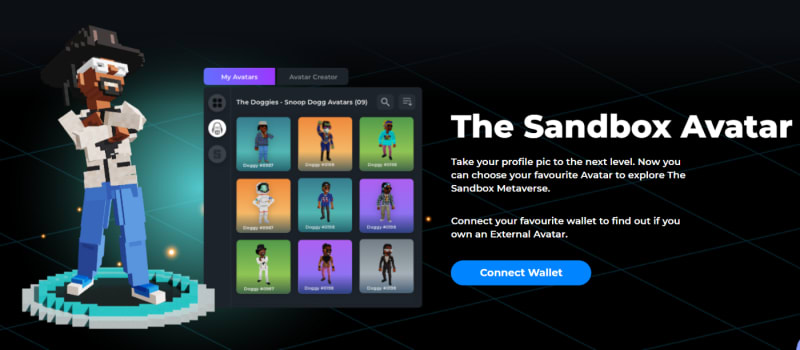 Credit: Sandbox
Credit: Sandbox
3. Bit Country
This is a great opportunity for virtual world builder enthusiasts that are not technical. Bit Country is still somewhat in beta mode but its infrastructure and traction are promising and incorporate a lot of parallel technology in blockchain like dApps and DAOs, very much so placing it in the world of Web3. Like Sandbox and Decentraland, they rely on blockchain technology to run. On top of the blockchain layer is the Bit.Country framework, application and API. On top of that layer are the users, metaverse builders and metaverse projects. Access can be granted through the Bit.Country Continuum.
The way that neighborhoods are created is through a voting process, similar to a DAO. The topography of Bit Country goes through a voting phase called the good neighborhood protocol. New slots in the world are generated similar to how new chains on the blockchain are made. These new slots on the “Continuum” — the portal in which you access Bit Country–are auctioned to the highest bidder where they can build out their land.
 Credit: BitCountry
Credit: BitCountry
4. Cryptovoxels
Cryptovoxels is a virtual world run by the Ethereum blockchain that allows players to build and trade assets and parcels of land. The platform has editing tools, text chat, and avatars. Moreover, it is a decentralized universe that makes experiences possible for people to enjoy incredible adventures. It allows players to create avatars create an art gallery, build stores, buy virtual land, interact with other players and play games on the platform. The experience of this compared to other metaverse lands feels like an emulator and available through your desktop browser.
Like all the other lands, they have their own native cryptocurrency token called Cryptovoxels Parcel (CVPA). These tokens are NFTs and represent the land in the main city of Cryptovoxels, Origin Land. The streets are owned by “The Corporation” and these parcels are owned by users. Users are required to have an Ethereum wallet to buy parcels of land. Users can access Cryptovoxels through a desktop browser and is free to enter though some experiences may cost money.
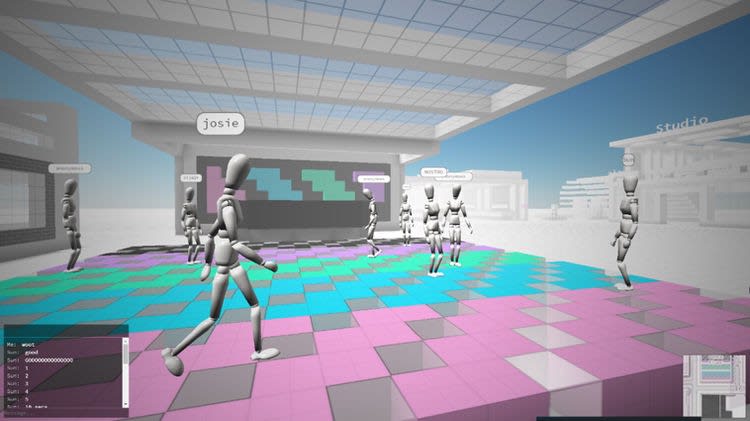 Credit: Cryptovoxels
Credit: Cryptovoxels
Somnium Space is an open-source platform built on the Ethereum and Solana blockchains with virtual reality that allows players to play games, trade virtual properties, build programmable environments, customize land, parks, and buildings and trade digital assets using tokens. All of the assets and land parcels in-game are tokenized to keep all assets separate from the company, putting control in the hands of users. This is accessible through VR headsets by Windows Mixed Reality, Steam, Vive and Oculus.
Because of the existing infrastructure of virtual reality, there are several developer tools to help build out virtual worlds and expand on the complexity and mechanics of these worlds. Because Somnium is more immersive than some of the other lands, it’s more engaging and has been attracting big investors for commercial purposes. For example, Tokens.com purchased 12 waterfront properties in Somnium to rent out.
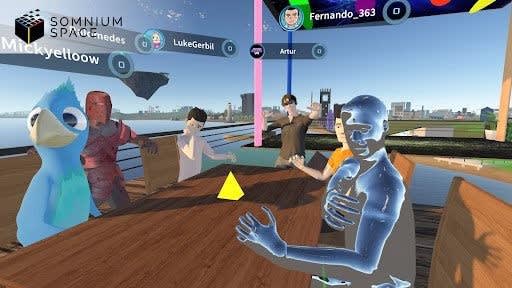 Credit: Finder
Credit: Finder
echo3D provides tools and cloud infrastructure to help developers build these virtual worlds and manage and stream 3D content to them, making these worlds much more engaging and ever-changing. By using echo3D, developers can build their metaverse backend in minutes and manage, process, compress & stream 3D assets in real-time across devices. Virtual worlds become much more interesting to explore and easier to grow and change.
If you enjoyed this article, check these out:
- Metaverse and Privacy: How Privacy is Taken Into Account in AR/VR Experiences
- Building Metaverse Infrastructure — How and Why
- 4 Virtual Reality Use Cases for the Real World (Other than Gaming)
echo3D (www.echo3D.co; Techstars 19’) is a cloud platform for 3D/AR/VR that provides tools and network infrastructure to help developers & companies quickly build and deploy 3D apps, games, and content.


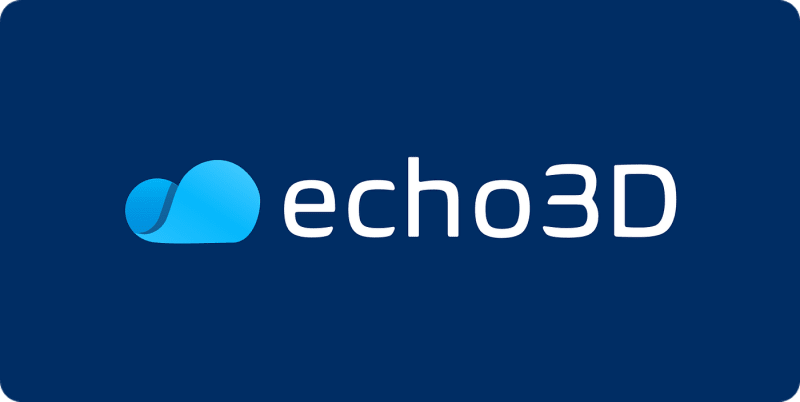





Top comments (0)